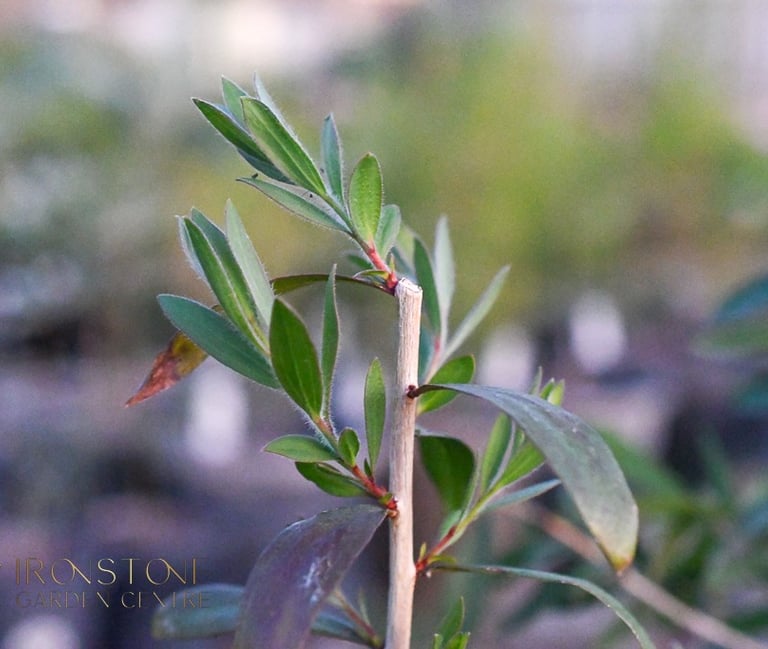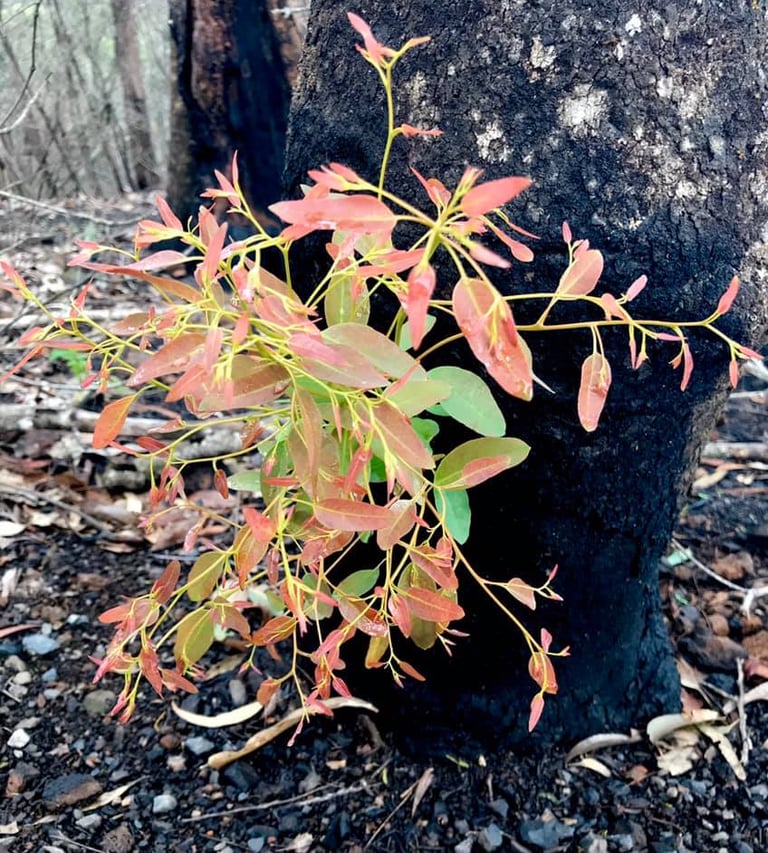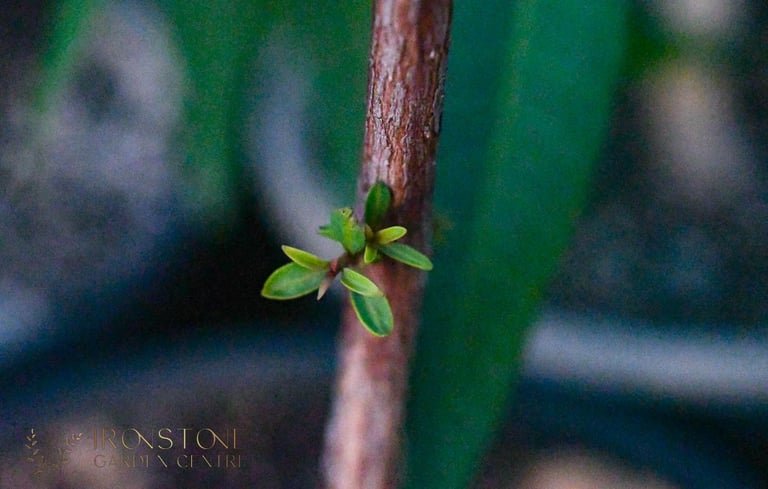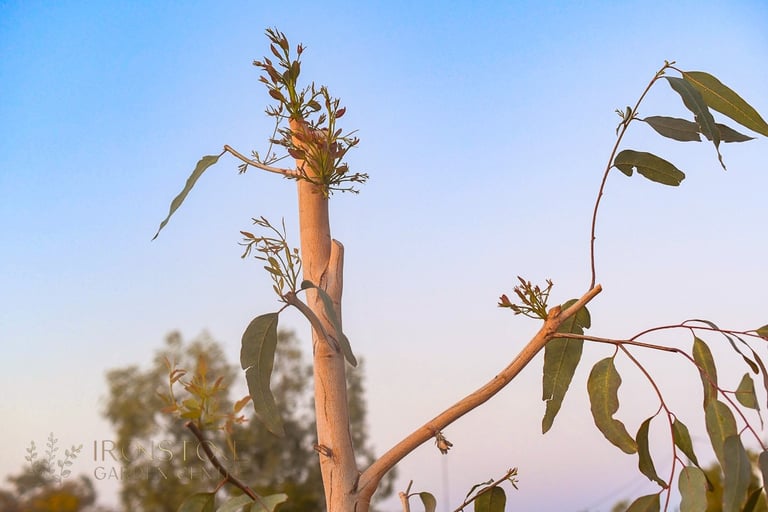The Miracle of Plant Resilience: How Injuries Lead to New Growth


Despite seeming very quiet and still, plants are full of life and resilience; sit back and watch what happens when they face injury. Many plants can bounce back in ways that seem almost miraculous.
When a plant is injured—whether by fire, wind, or pruning, it doesn’t just sit there and give up. Instead, it kicks into survival mode. Plants have a special ability to heal themselves and even grow back stronger after being hurt.
Damage Detection
When a plant is injured, it immediately senses the damage. This might seem strange because plants don’t have brains or nerves, but they have cells that can detect changes in their environment, such as when a branch is cut or when heat from a fire damages their tissues.
Healing Process
The plant starts to heal by sealing off the injured area. If a branch is cut, the plant will produce a sticky substance called resin or sap to close the wound and prevent infection from bacteria or fungi. This is like when our skin forms a scab over a cut.
Hormone Production
After sealing the wound, the plant releases special hormones. One of the most important hormones is called auxin, which is responsible for promoting new growth. These hormones signal the plant to start producing new cells around the injured area.
Growth Surge
The plant starts to grow beautiful new shoots, leaves, or even roots from the injured area. This fresh growth is often more vigorous and healthier than before. For example, when you prune a bush, it might look bare for a little while, but soon it will start sprouting new, lush leaves and branches.
You might wonder why cutting a plant or even burning it could help it grow better. This seems counterintuitive, right? When you prune a plant, you’re removing old or damaged parts, which makes room for new, healthy growth. The plant’s energy is redirected to growing new branches and leaves, often making the plant fuller and more vibrant than before. This is why gardeners regularly prune plants to keep them healthy and encourage more flowers or fruit.


Fire can help some plants grow. Many plants in Australia, for example, have evolved to survive bushfires. When fire burns away old leaves and branches, it also triggers seeds to germinate and new shoots to grow from the surviving parts of the plant. The nutrients released by the fire can also fertilise the soil, giving new plants a boost.
What makes this process so miraculous and amazing is that plants have been around for millions of years, evolving these incredible survival strategies. A tree might stand in one spot for hundreds of years, facing countless storms, fires, and even being cut down—but it can still find a way to thrive.
A tree that has been scorched by fire might look like it’s beyond saving, but within weeks or months, new green shoots can start to emerge from the blackened trunk. This isn’t magic—it’s the incredible science of plant biology at work.
This tallowwood tree was whipped by strong winds during a journey of hundreds of kilometres on the highway. It lost all of its leaves and small branches. But now, a couple of weeks later, you see fresh, new growth sprouting from the damaged areas. It’s almost as if the plant is saying, “I’m not giving up—I’m coming back stronger!”


How Can Gardeners Use This Knowledge?
Understanding how plants respond to injury can help gardeners keep their plants looking and feeling their best. Here are a few ways you can use this knowledge in your garden:
1) Regular pruning isn’t just about keeping your plants tidy. By carefully cutting back overgrown or damaged branches, you’re encouraging your plants to grow back healthier and stronger. Just remember to use clean, sharp tools to make clean cuts that will heal quickly.
2) If a plant in your garden looks a little worse for wear after a storm or strong winds, don’t be afraid to trim it back. Often, removing the damaged parts can help the plant focus its energy on producing fresh growth, leading to a healthier plant overall.
3) After a fire or other major injury, your plants may need a little extra care to bounce back. This might mean watering them more regularly, providing extra nutrients through fertiliser, or protecting them from pests while they recover. With a little patience, you’ll often see new growth emerging even from plants that looked like they were done for.
4) If you want your plants to grow in a certain shape or produce more flowers or fruit, strategic pruning can help. By removing certain branches or shoots, you can direct the plant’s growth in the way you want, leading to a fuller, more productive plant.


Plants are some of the most resilient living things on Earth. Whether they face the sharp blades of pruning shears, the devastating force of fire, or the battering of strong winds, they have the power to heal, regenerate, and grow back even stronger. This ability to bounce back from injury isn’t just a survival tactic—it’s a wonder of nature and the incredible processes happening within every leaf, stem, and root.
As a gardener, knowing how plants respond to injury can help you take better care of your plants, keeping them healthy, vibrant, and full of life. Next time you see a tree that’s been pruned, a plant that’s survived a fire, or a branch that’s grown back after being broken, appreciate the amazing resilience and strength of plants. They’re living proof that life finds a way to thrive, no matter the challenges.
